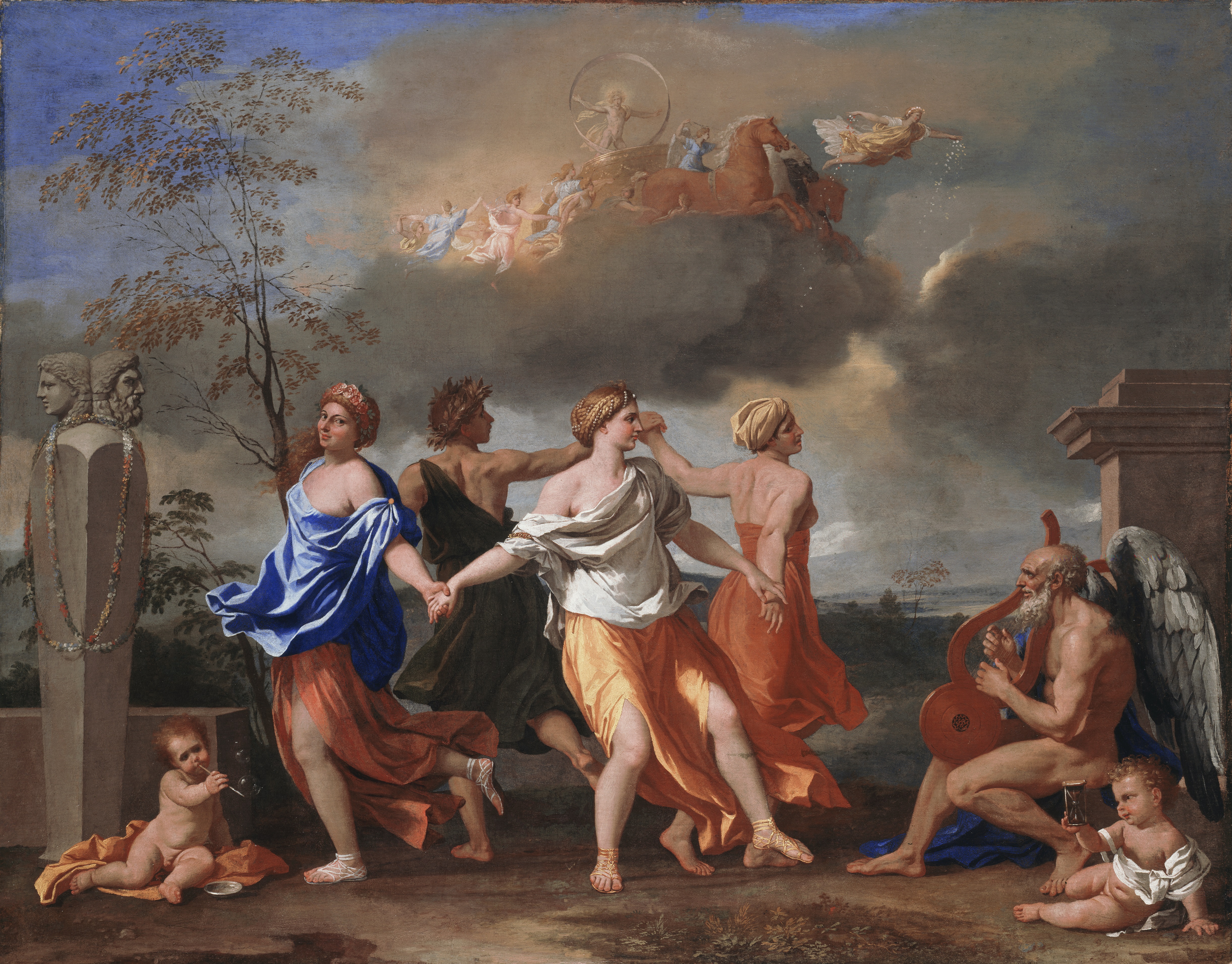“Time is but the stream I go a-fishing in.”
Henry David Thoreau quotes (American Essayist, Poet and Philosopher, 1817-1862)
............................
Still busy "In Search of Lost Time" and "A Dance to the Music of Time" becomes something else about time to worry about.
Is it a phenomena of getting on in years that makes time start to move so quickly?
Time is all we have. We can't buy more. It never slows down so we can catch up with it. It is hard to define even though we can measure it.
Time is free but it is priceless. You cannot own it, but you can use it. You can't keep it, but you can spend it. Once you've lost it you can never get it back.

Painter Nicolas Poussin
Year 1634-1635
Type Oil on canvas
Dimensions 82.5 cm × 104 cm (32.5 in × 41 in)
Location The Wallace Collection, London
A Dance to the Music of Time (painting)
Four figures, holding each other by the hand, dance in a circle, as Time plays a lyre on the right.
The scene is set in the early morning, with Aurora, goddess of dawn, preceding the chariot of Apollo the sun-god in the sky behind; the Hours accompany him and he holds a ring representing the Zodiac.
According to Bellori, Rospigliosi's original idea was inspired by Boitet de Frauville's
'Les Dionysiaques', which describes the passing of time and the cycle of the seasons.
According to this story, the god Jupiter (Greek Zeus) gave Bacchus and wine to the world in order to compensate for the miserable living conditions mortals must endure after Time and the Seasons complained.
The male dancer with the crown of twigs was originally intended to represent the god Bacchus as well as the season Autumn, followed by Winter, Spring and Summer.
As Poussin developed the painting, however, this theme gradually transformed into the concept of the cycle of life and fortune.
Today it is widely accepted that Dance to the Music of Time was meant to represent the passing of time, and the different stages of life on the rapidly revolving wheel of fortune: poverty, labor, wealth, and pleasure.
Poverty is the male figure at the very back of the circle, with his back turned towards the viewer. He dances barefoot, in keeping with his humble status, and looks longingly towards Labor, his dancing partner on the right.
Labor, a muscular young woman also dancing barefoot whose bare shoulders and covered hair indicate her hard work, eagerly twists to grasp Wealth's hand.
Wealth, dancing in golden sandals and robes, disdainfully takes Labor's hand and gazes outward with haughty self-propriety.
Finally, Pleasure gazes knowingly at the viewer with a sly smirk.
Link: A Dance to the Music of Time
No comments:
Post a Comment